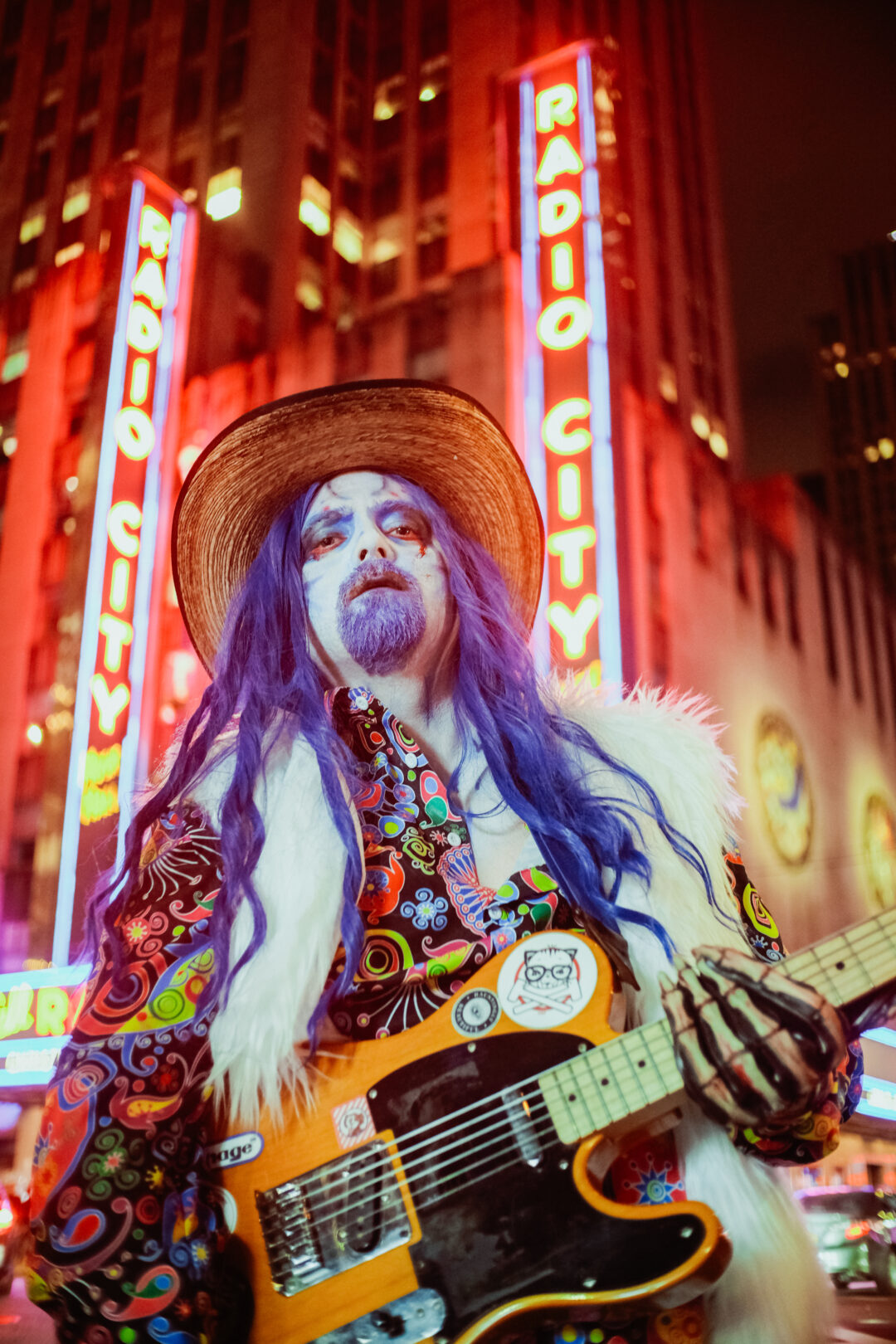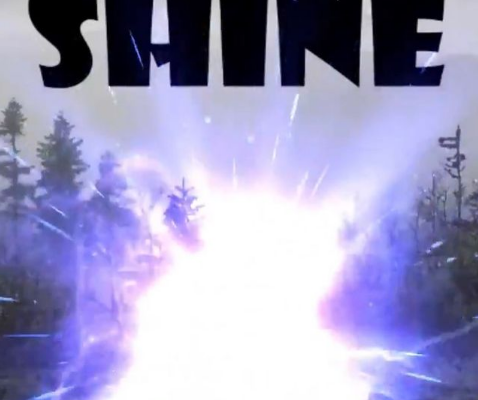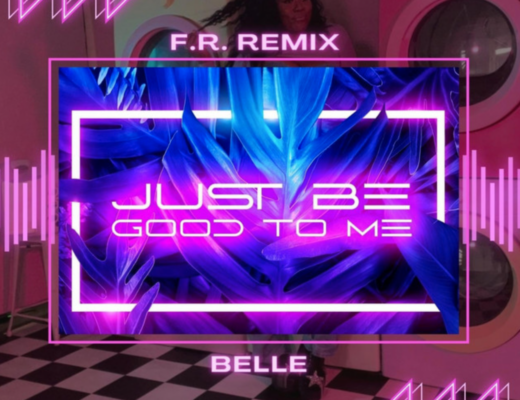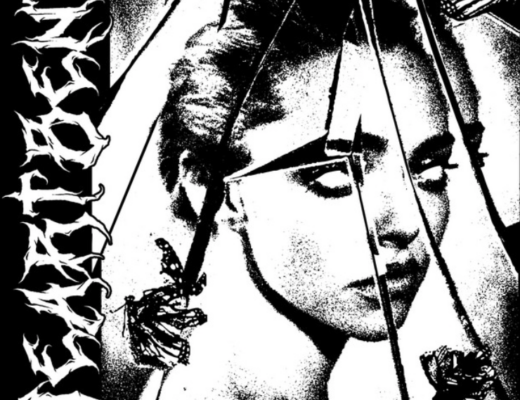In this exclusive interview, Elevated Focusion took us into the shadows of his latest album, Dark Nights, exposing the eclectic sonic styles which have shaped his unique artistic identity. From his roots in the late ’90s rave scene to his exploration of outlaw country and dancehall, Elevated Focusion discusses the transformative role of live instrumentation and how classic rock concept albums inspired his approach to producing a yet genre-fluid tour de force. Read on to discover how Elevated Focusion’s past and present musical identities intertwine to forge a path forward in his artistic career.
Elevated Focusion, you made an unforgettable impression on us with your album, Dark Nights. You’ve nailed the darkwave pop aesthetic in spite of the genre-fluidity which permeates the 11 tracks. Who were your foundational influences for the album?
I am so happy you guys like the album. Musically it is a real gumbo. I definitely wasn’t trying to reinvent the wheel here but rather try to build a really cool car based on parts of the things I love personally.
I grew up during the late 90s rave scene, so The Crystal Method and The Chemical Brothers were an influence here. I was influenced by some of the more modern dark electronic artists like TR/ST and Anders Manga. In the industrial world, I was inspired by the fun experimentation of Raymond Watts and Pigface.
I probably listen to my Outlaw Country playlist every day so that poetic language really speaks to me specifically with artists like Waylon Jennings, Charlie Daniels, and Billy Joe Shaver. Dancehall artists like Patra along with early 2000’s rock artists like the Deftones had their influence as well.
What was the initial spark that led you to create ‘Dark Nights’, and how did the concept evolve from that first idea?
I always loved the idea of The Judgment Night soundtrack where hip-hop artists collaborated with metal bands. That soundtrack came out when I was 12 years old, and was probably my biggest influence in trying to bring musical worlds together as a whole.
I also love the concept behind UNKLE & Massive Attack with having a variety of singers on different tracks. I personally love listening to an album straight through. So each album I make is meant to flow from beginning to end. The overall “concept idea” is inspired by concept albums from classic rock.
Thematically I got the idea for the overall concept from the horror anthology series Tales From The Crypt. Even though every episode had different stories, actors, and sometimes directors, you could always tell that each episode was part of Tales From The Crypt. They all stood alone with individual storylines, but they still had something recognizable to tie them together with that show. And that’s what I wanted to do with this album. Create a musical Tales from The Crypt…lol.
How did your experiences in Queens during the early 2000s influence the sound and stories on this album?
During the early 2000s, I was in my own little musical world. All I really listened to was my own music that I would make on my keyboard. I honestly had no idea about what was going on in the outside world. So I love creating a little world of its own with each song and album that I create.
From 2001 to 2004, I probably made close to 1000 songs. Most were incomplete and just moods or melodies. When I stopped making music on my keyboard in 2004, it was the time in my life that I really got into researching other music. For nearly 20 years, I never did any type of artistic activity. I just listened and explored every genre and subgenre I could find.
I never planned on ever making music again until my wife convinced me to start releasing my old keyboard music during Covid. Things just happened and I started creating new music again in 2023. It is a combination of things that brings me to where I am today as an artist.
What role did live instrumentation play in the creation of Dark Nights, and how did it differ from your usual electronic production?
Live instrumentation really helped me take the songs to the next level. It definitely took my sound from being simply synth music to something a bit more elevated. I had a very ambitious vision of my mixing my synth drums with live drums as well as mixing all my layered synth sounds with live vocals and instruments. These things really make you appreciate the role of an engineer….lol. And I happened to be fortunate enough to work with Chris Conway who is an absolute master of his craft.
I don’t really know anything about musical theory, and I cannot read or write music either. So, working with live musicians really helps with my own limitations as an artist.
Could you give us an inside view into the production process behind one of the standout tracks on Dark Nights?
Sure, let’s talk about Club Hell. I started out wanting to make a simple fun dance song. Over time I added, changed, and edited the sounds until I had something that I liked.
I went back to it and thought, this really sounds like it is a club in hell. So, I started writing to it with that theme in mind. At first, I didn’t have a rap verse in mind. Then, I thought it could be cool to have something fun to break things up a bit. So, I created a rap verse section on the instrumental and wrote a verse for it. Something that was just meant to be fun, not analyzed.
Once the vocals were recorded, I still felt like something was missing. So I reached out to a bass player to give a really funky synth bass line. That was definitely inspired by Herbie Hancock. Once I had all my ingredients, I headed to the studio to give it a mix where Chris Conway helped me to find peace amongst the chaos of the song.
How do the lyrical themes of the album manifest in the instrumentation and production?
I usually start with the instrumental first. And eventually, something will click. I will hear a sound or there is something that brings a familiar memory. Just as a scent can kinda trigger something familiar. Once I get that familiar feeling, I will really get into character, and then the song comes together very quickly.
How do you think your musical identity as Jonny Rythmns during 2001-2004 contrasts or complements your current persona as Elevated Focusion?
As Jonny Rythmns, my music wasn’t really focused. My emotions were high but the music wasn’t really there yet. It was sloppy and wasn’t really mixed properly, but you can definitely feel the raw emotion that was going on at the time. However, the music was still very raw as well.
Elevated Focusion is the product of 20 years of exploring every artist of every single genre and subgenre I can find. The sound is more focused with the purpose of bringing together every musical influence I have experienced during my 20-year hiatus from making music combined with my own synth style that I developed during 2001 – 2004.
What do you hope your listeners will take away after listening to Dark Nights?
I honestly just hope that people enjoy the experience. I don’t claim to be the most technical musician out there. The only thing that I hope that someone would take from listening to ‘Dark Nights’ is that they enjoy it enough that they want to listen to it again.
How has the creation of Dark Nights influenced your thoughts on the future direction of your music?
I loved ‘Dark Nights’ but I’m ready to move on to the next concept. My next album is already recorded and ready for mixing, so I already know where I am heading…lol. It is somewhere completely than my first two albums. I don’t want to say too much, but I hope to release it next summer.
Stream Elevated Focusion’s discography on all major platforms via this link.
Interview by Amelia Vandergast





No Comments